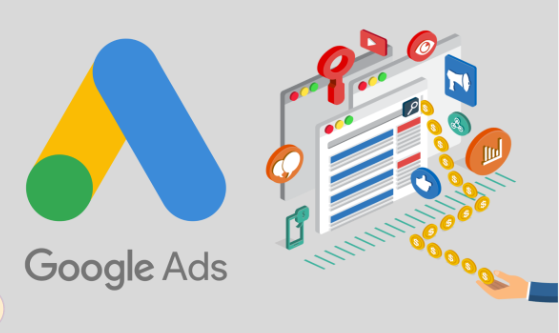In the vast landscape of online advertising, standing out and reaching the right audience is crucial for success. This is where segmentation strategies in Google Search Ads campaigns play a pivotal role. Segmentation involves dividing your target audience into smaller, more manageable groups based on specific criteria. By tailoring your ads to these segmented groups, you can significantly improve your ad relevance, click-through rates (CTR), and ultimately, your return on investment (ROI) and conversions.
1. Understanding Segmentation in Google Search Ads:
Segmentation in Google Search Ads refers to the practice of dividing your target audience into distinct groups based on various criteria such as demographics, geography, devices, and keywords. By segmenting your audience, you can create highly targeted ads that are more relevant to specific user segments. This not only improves the effectiveness of your ads but also enhances your Quality Score, which in turn can lead to better ad positioning and lower costs.
2. Types of Segmentation Strategies:
2.1. Demographic Segmentation:
Demographic segmentation involves targeting users based on factors such as age, gender, income, and parental status. For example, if you’re running a campaign for a luxury skincare brand, you might target affluent individuals aged 35 and above. By understanding the demographics of your target audience, you can create ads that resonate with their specific interests and preferences.
2.2. Geographic Segmentation:
Geographic segmentation allows you to target users based on their location. Whether you’re a local business targeting customers in a specific city or a global company with regional preferences, geographic targeting enables you to tailor your ads to the right audience. This is particularly beneficial for businesses with physical locations or those offering region-specific products or services.
2.3. Device Segmentation:
With the increasing prevalence of mobile devices, device segmentation has become essential in Google Search Ads campaigns. By analyzing the performance of your ads on different devices (desktop, mobile, tablet), you can optimize your campaigns accordingly. For instance, if you find that mobile users have a higher conversion rate, you can allocate a larger portion of your budget to mobile ads and adjust your bidding strategies accordingly.
2.4. Keyword Segmentation:
Keyword segmentation involves organizing your keywords into tightly themed ad groups based on their relevance to your ads. By grouping related keywords together, you can create more targeted ads and improve your ad relevance. Additionally, using match types effectively (broad match, phrase match, exact match) allows you to control how closely your ads align with users’ search queries, further enhancing their relevance.
3. Advanced Segmentation Techniques:
3.1. Remarketing:
Remarketing involves targeting users who have previously interacted with your website or app. By creating remarketing lists and tailoring your ads specifically for these users, you can re-engage them and encourage them to complete a desired action, such as making a purchase or signing up for a newsletter. Remarketing is particularly effective in nurturing leads and driving conversions.
3.2. Audience Segmentation:
Audience segmentation goes beyond basic demographic criteria and incorporates factors such as behavior, interests, and affinities. By leveraging Google Ads’ audience targeting options, you can create custom audience segments tailored to specific user profiles. This allows you to deliver highly personalized ads that resonate with each segment’s unique preferences and characteristics.
3.3. Time-Based Segmentation:
Time-based segmentation involves scheduling your ads to appear at specific times of the day, days of the week, or during seasonal periods when your target audience is most active or receptive. By analyzing your campaign data and identifying peak times of engagement, you can optimize your ad scheduling to maximize visibility and effectiveness. This ensures that your ads are reaching users at the optimal moments for driving conversions.
Takeaway
In today’s competitive digital landscape, segmentation is not just a recommended practice but a necessity for success in Google Search Ads campaigns. By understanding your audience and implementing effective segmentation strategies, you can create ads that are highly relevant, targeted, and persuasive. This not only improves your ROI and conversions but also enhances the overall user experience. Start implementing segmentation strategies in your Google Search Ads campaigns today and unlock the full potential of your advertising efforts.
All roads lead to success with Google Search Ads, and the ultimate guide is none other than Web Boost Online. Seal the deal with the experts who know how to make your online presence shine.











